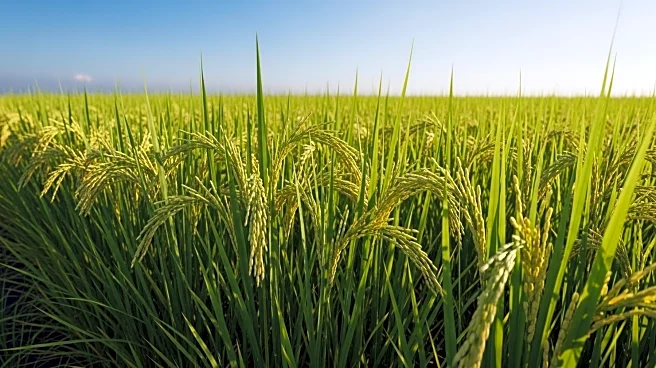What is the story about?
What's Happening?
Pupils from Earlston Primary School in Scotland have joined efforts to monitor the health of the River Tweed as part of a UK-wide survey. The initiative, led by the Tweed Foundation, aims to engage young people in environmental conservation by involving them in hands-on activities such as collecting samples and recording data on river health. This comes after a summer marked by high water scarcity levels across the Scottish Borders, which prompted restrictions on water extraction. The project is part of the Big River Watch, a citizen science survey that gathers data on river health across the UK.
Why It's Important?
Engaging young people in environmental monitoring fosters a sense of responsibility and awareness about ecological issues. The involvement of Earlston pupils in the River Tweed project highlights the importance of community participation in conservation efforts. By contributing to the Big River Watch, the students are helping to create a comprehensive snapshot of river health, which is crucial for understanding the impacts of extreme weather and water scarcity on ecosystems. This initiative also supports the long-term goal of preserving the River Tweed's biodiversity and ensuring sustainable water management practices.
What's Next?
The data collected by the pupils will be integrated into the Big River Watch study, providing valuable insights into the health of the River Tweed and its tributaries. The findings may inform future conservation strategies and policy decisions aimed at protecting river ecosystems. Continued engagement with local schools and communities is expected to enhance public awareness and support for environmental initiatives.
Beyond the Headlines
The project underscores the educational value of citizen science in promoting environmental stewardship among young people. It also highlights the role of local communities in addressing global challenges such as climate change and water scarcity, emphasizing the interconnectedness of local actions and broader ecological impacts.
AI Generated Content
Do you find this article useful?















